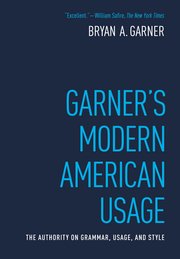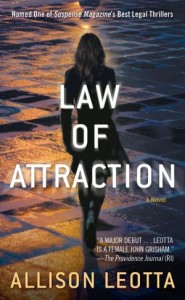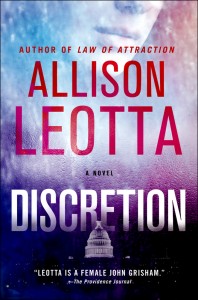 Over the weekend, I attended Colorado Gold, the Rocky Mountain Fiction Writers conference in Denver. What a welcoming group, and what an impressive program — two and a half days crammed with four or five tracks of substantive material aimed at both new and established writers. Some of my favs: Sharon Mignery’s Master Class on Scene Craft, Quincy Allen and Travis Heerman’s presentation on fights and action scenes, and Jeanne Stein and Angie Hodapp’s workshop on description. A huge thanks to the conference organizers and RMFW members for the chance to teach and to learn, and for such a warm welcome.
Over the weekend, I attended Colorado Gold, the Rocky Mountain Fiction Writers conference in Denver. What a welcoming group, and what an impressive program — two and a half days crammed with four or five tracks of substantive material aimed at both new and established writers. Some of my favs: Sharon Mignery’s Master Class on Scene Craft, Quincy Allen and Travis Heerman’s presentation on fights and action scenes, and Jeanne Stein and Angie Hodapp’s workshop on description. A huge thanks to the conference organizers and RMFW members for the chance to teach and to learn, and for such a warm welcome.
Saturday morning, I gave a two hour presentation on 10 Common Mistakes Fiction Writers Make About the Law. Good turnout, great questions — they made me think! And I hope I made them think, and provided useful information in an entertaining way.
I pointed the class to the links and references on my website , but also promised a few more. These books and online references are helpful for writers in all genres, not just mystery and crime fiction. I hope you find something you can use.
RESOURCES
Psychology: The Writer’s Guide to Psychology: How to Write Accurately About Psychological Disorders, Clinical Treatment and Human Behavior , by Carolyn Kaufman, Psy.D. (Quill Driver 2010)
Police procedure: Police Procedure and Investigation: A Guide for Writers, by Lee Lofland (Writer’s Digest Books, Howdunit series, 2007)
Don’t miss Lee’s blog, The Graveyard Shift, and his conference, the Writers’ Police Academy. (SinC members will again get a hefty subsidy for the 2014 WPA.)
Crimescenewriters Yahoo! discussion list. Former law enforcement officers, forensics folks, and other experts answer writers’ questions.
And check whether your local offers a Citizens’ Sheriff’s or Police Academy.
Medical info: More Forensics & Fiction: (2012), Forensics & Fiction (2007), and Forensics (Howdunit series, 2008), and Murder and Mayhem (2003), by D.P. Lyle, M.D. And don’t miss Doug’s blog.
Private investigation: The Complete Idiot’s Guide to Private Investigating, by Steven Kerry Brown, a licensed PI in Florida and former FBI special agent, is a super-handy reference for all variety of investigation, even if you’re not writing about a PI.
And as always, if you have questions or suggestions, drop me a line at leslie at lawandfiction dot com!
 I’ve quoted from Bryan Garner’s blog, Garner’s Usage Tip of the Day, based on his Garner’s Modern American Usage, and readers have told me the entries are useful but they can’t find a way to subscribe. One way is through the publisher’s website. The email subscription option is midway down the page.
I’ve quoted from Bryan Garner’s blog, Garner’s Usage Tip of the Day, based on his Garner’s Modern American Usage, and readers have told me the entries are useful but they can’t find a way to subscribe. One way is through the publisher’s website. The email subscription option is midway down the page.






